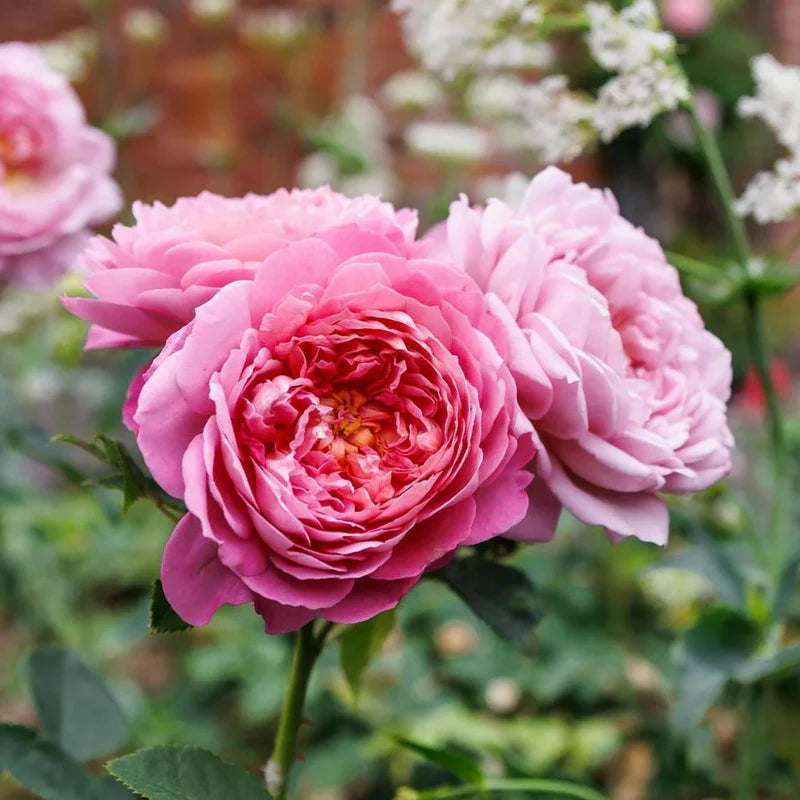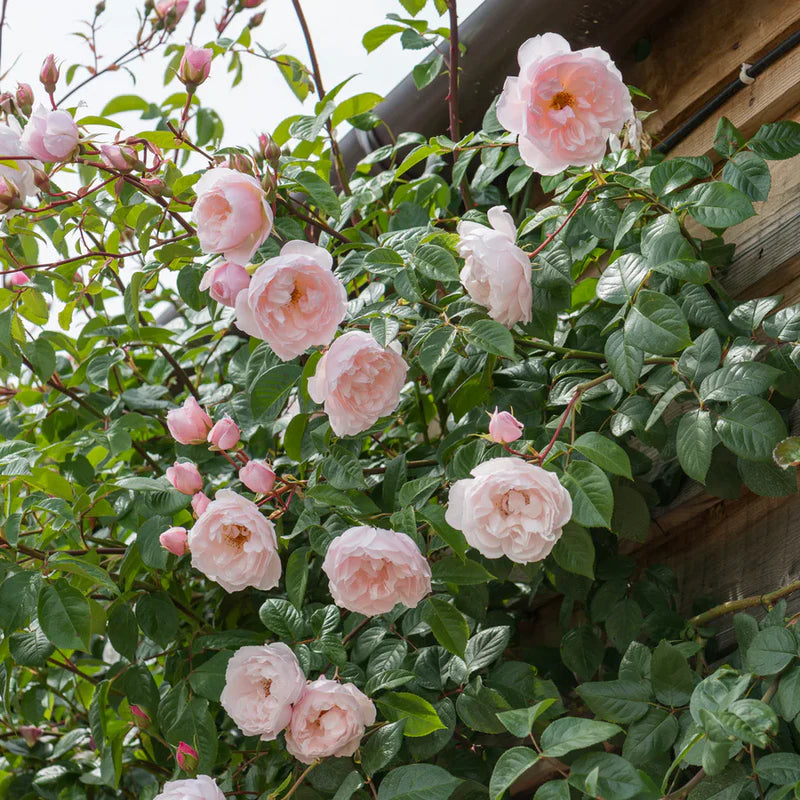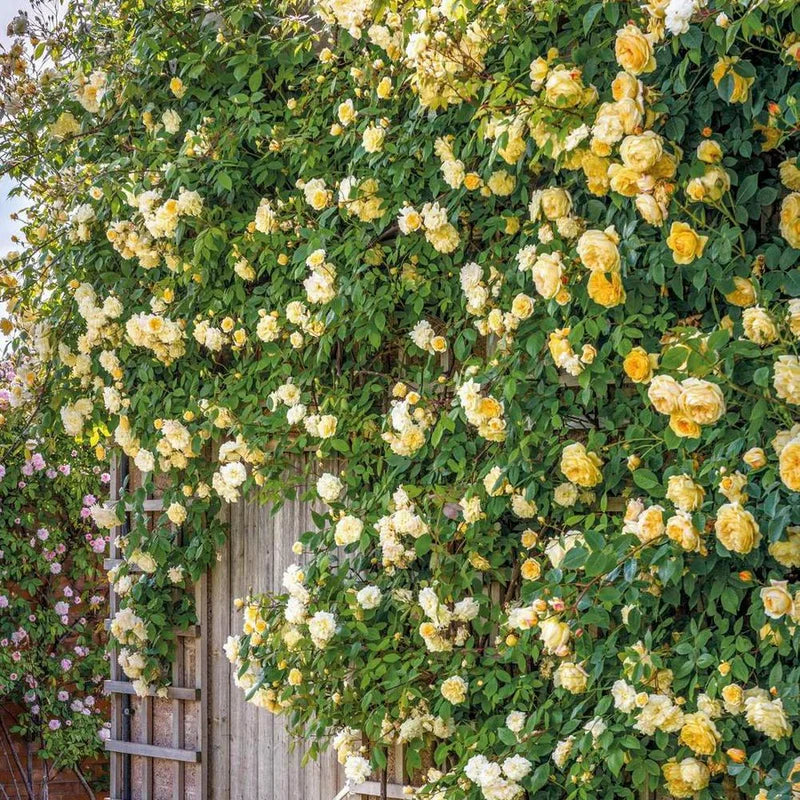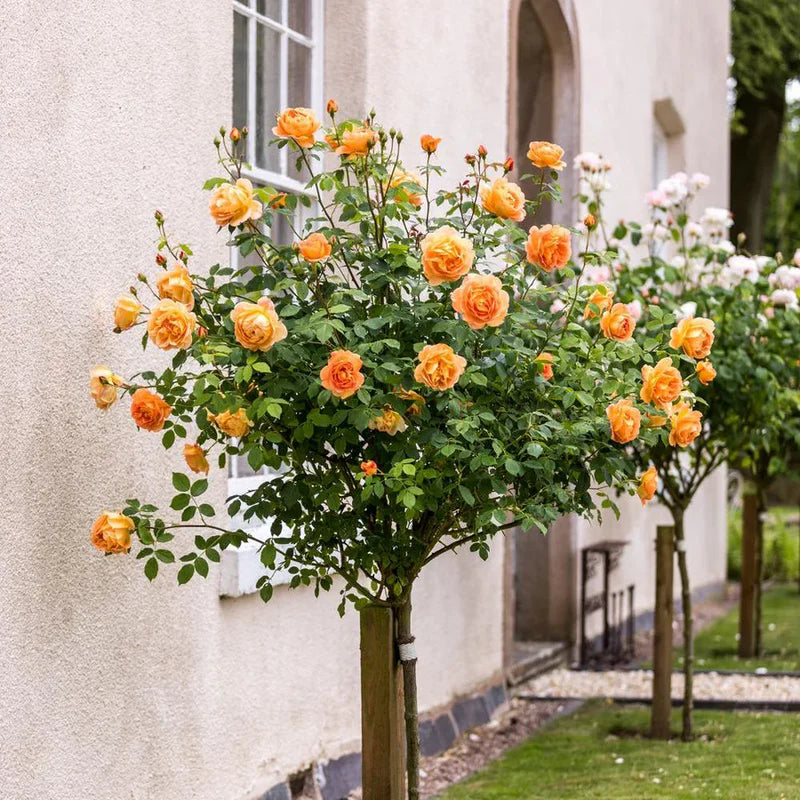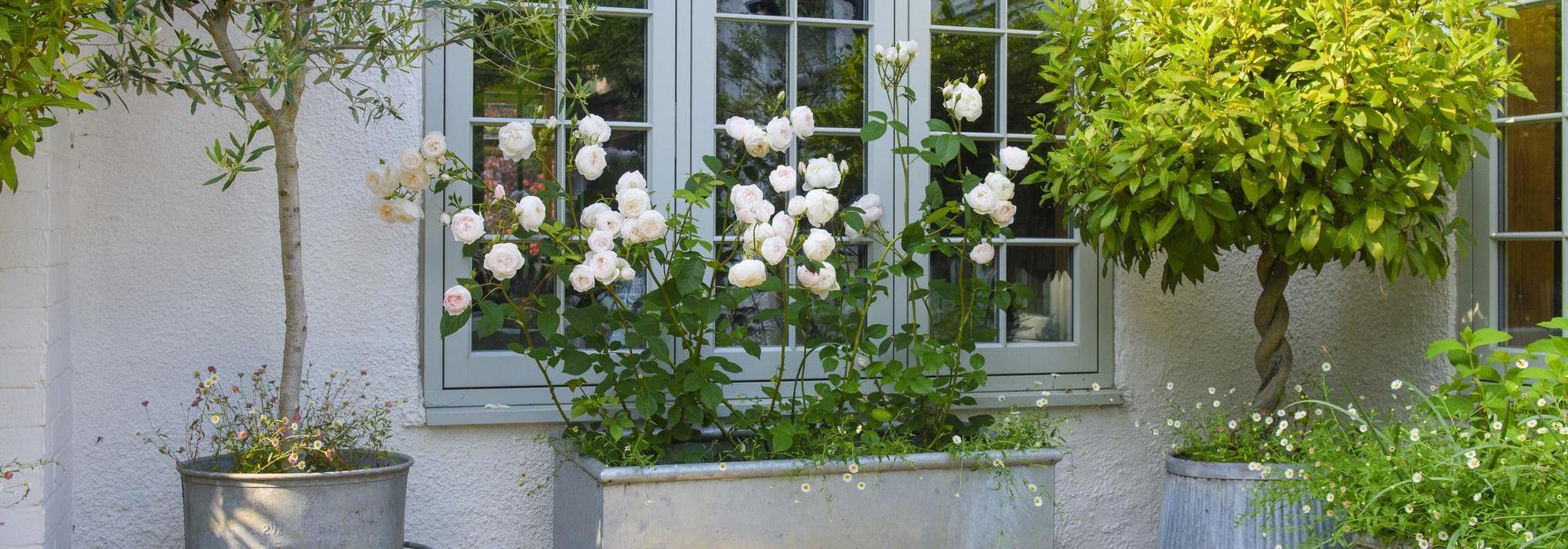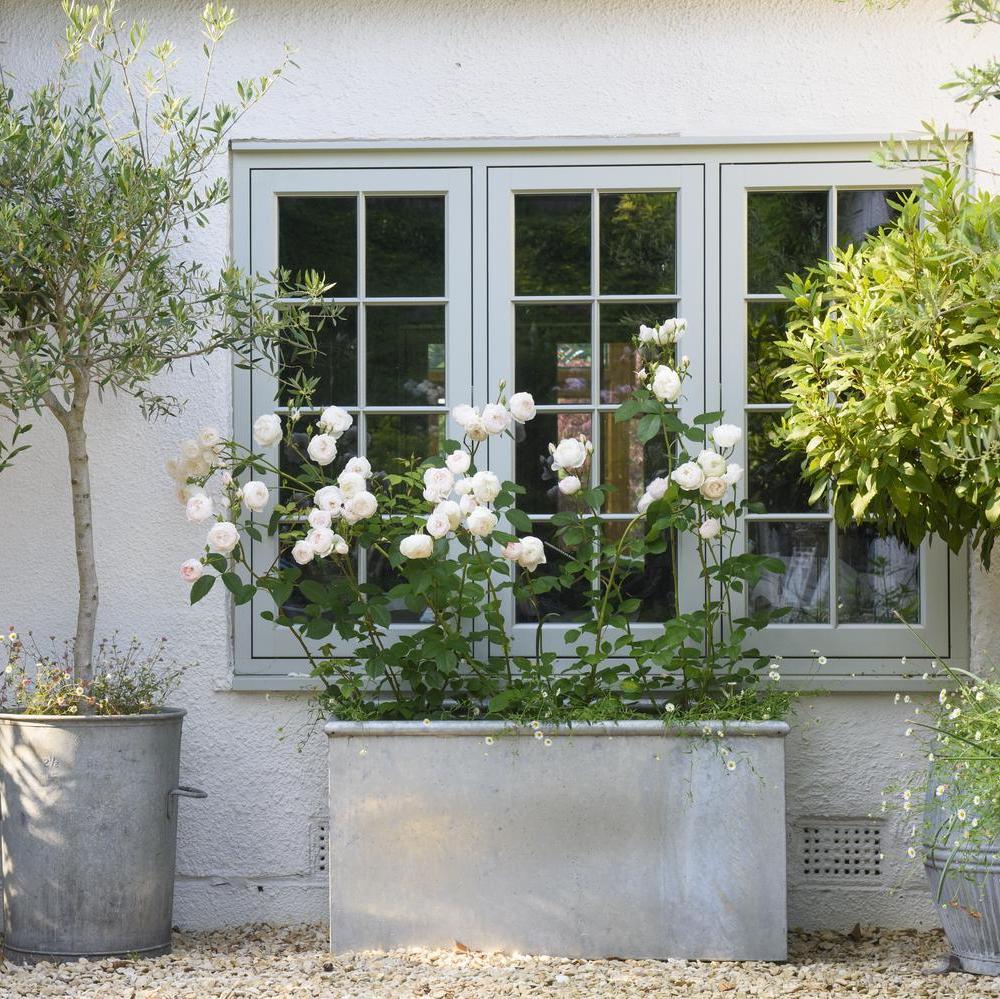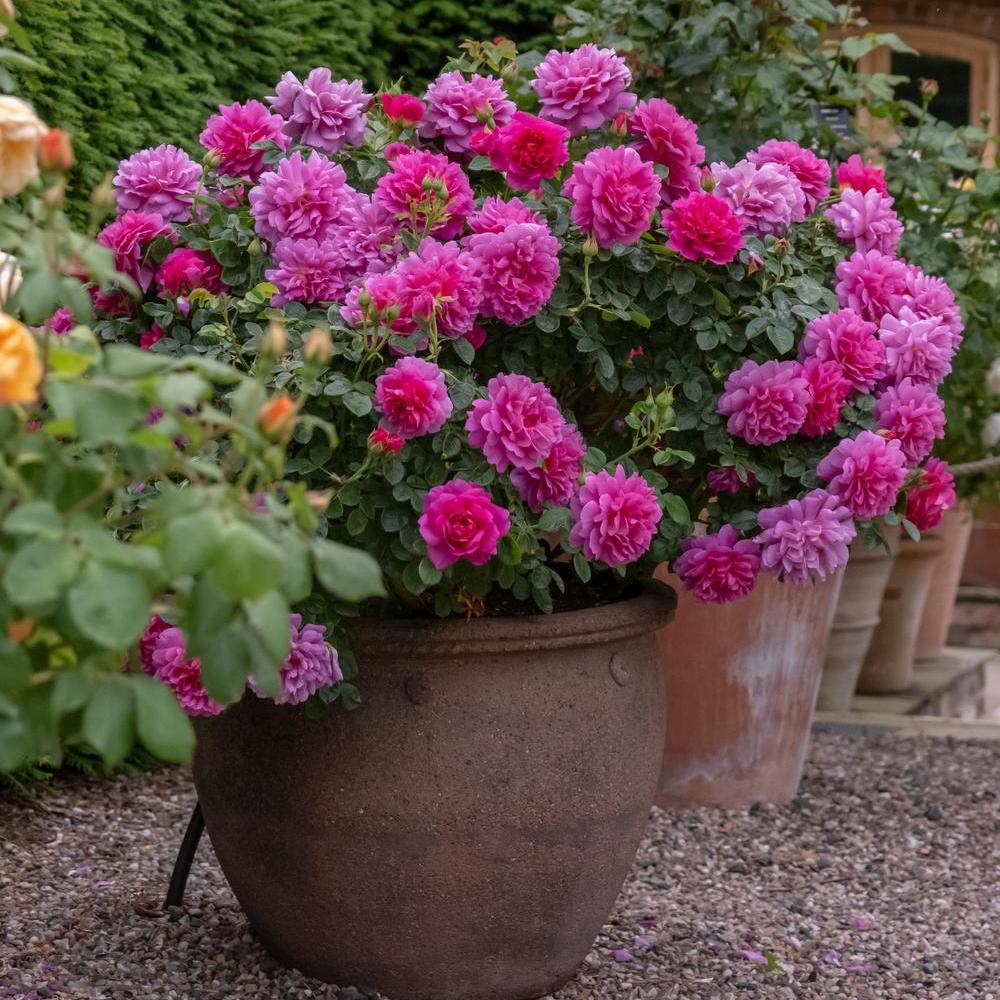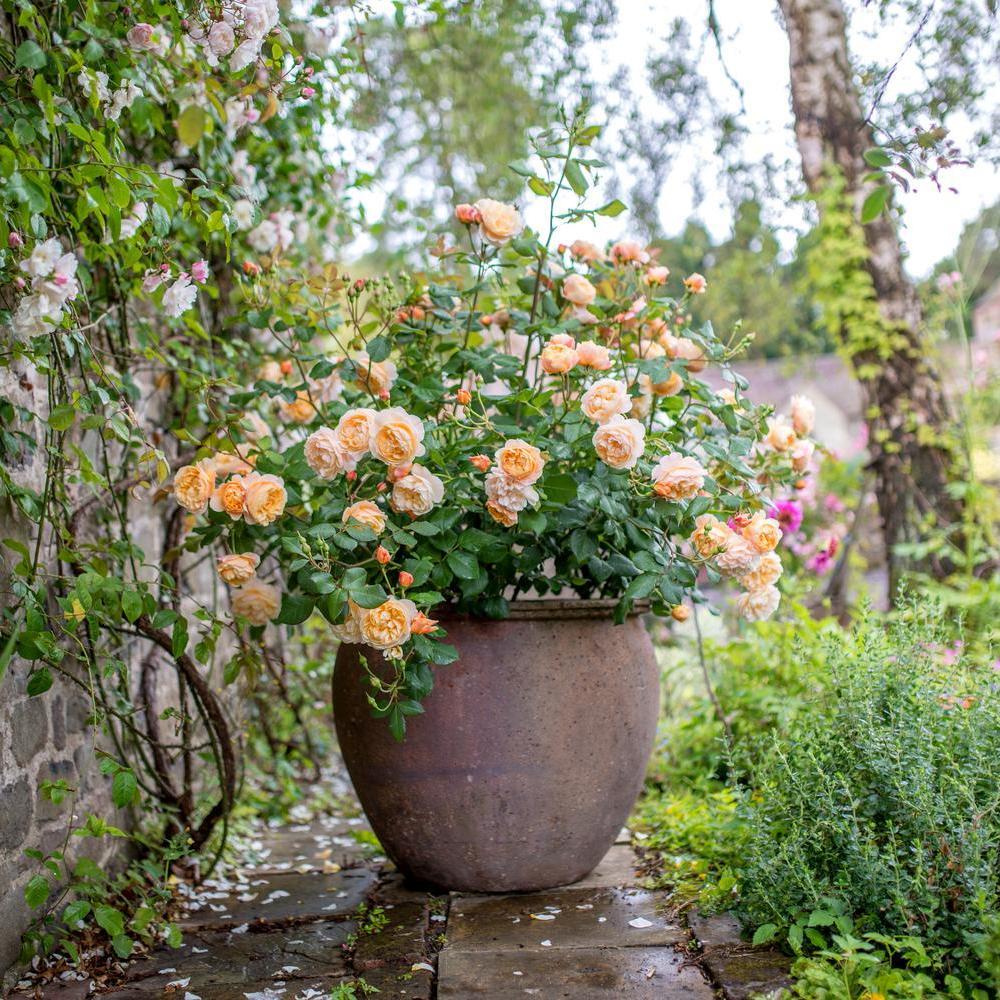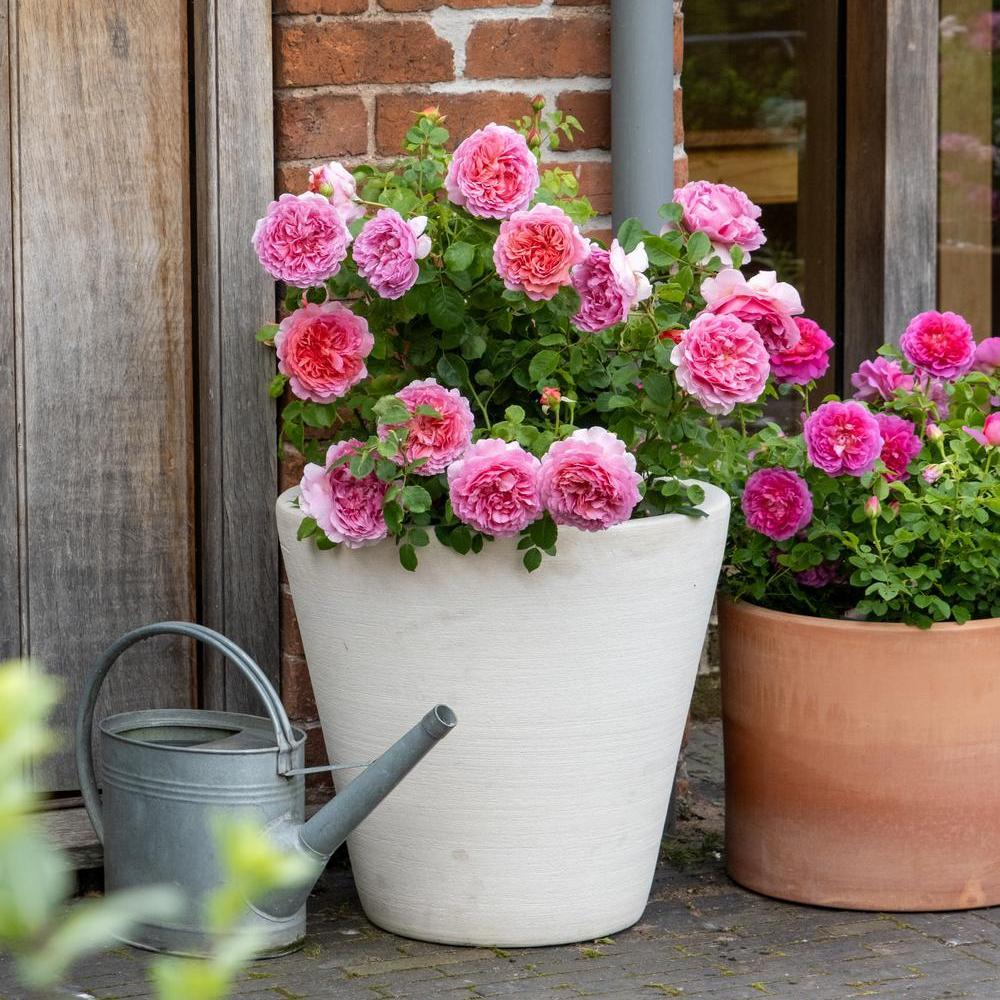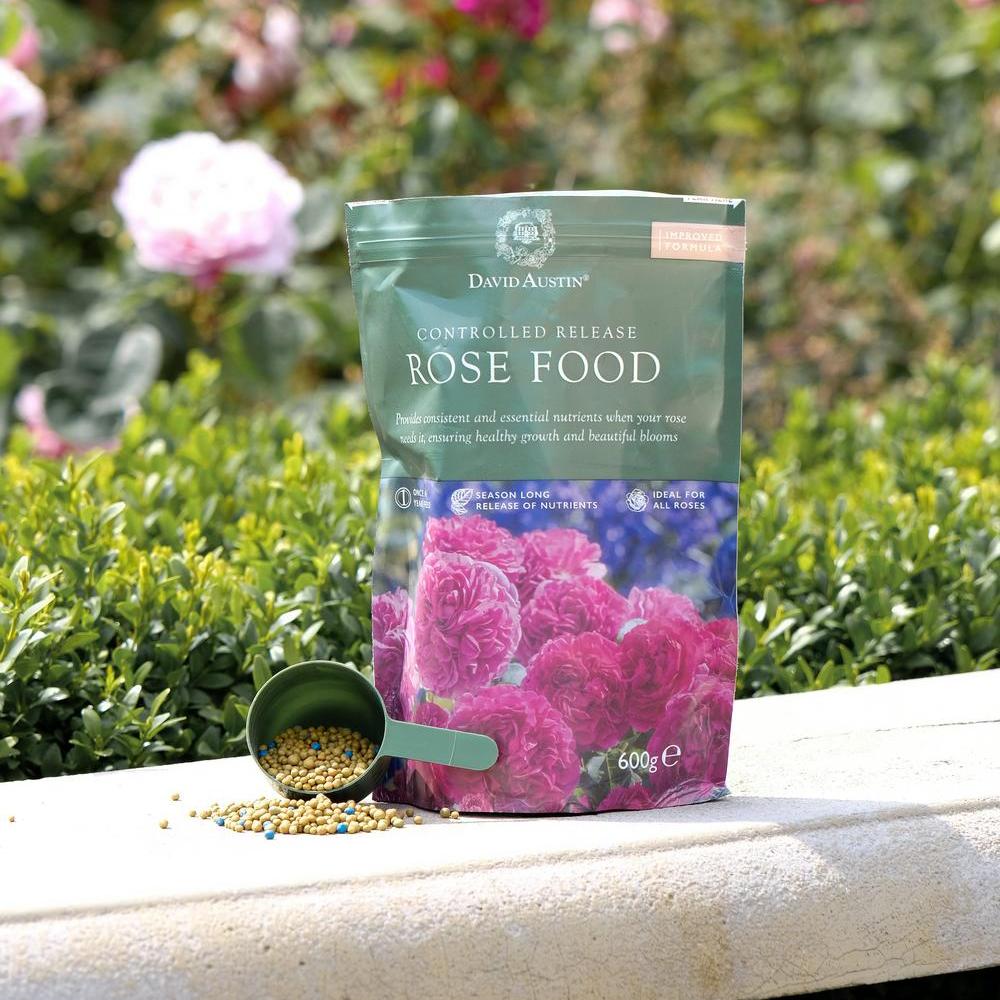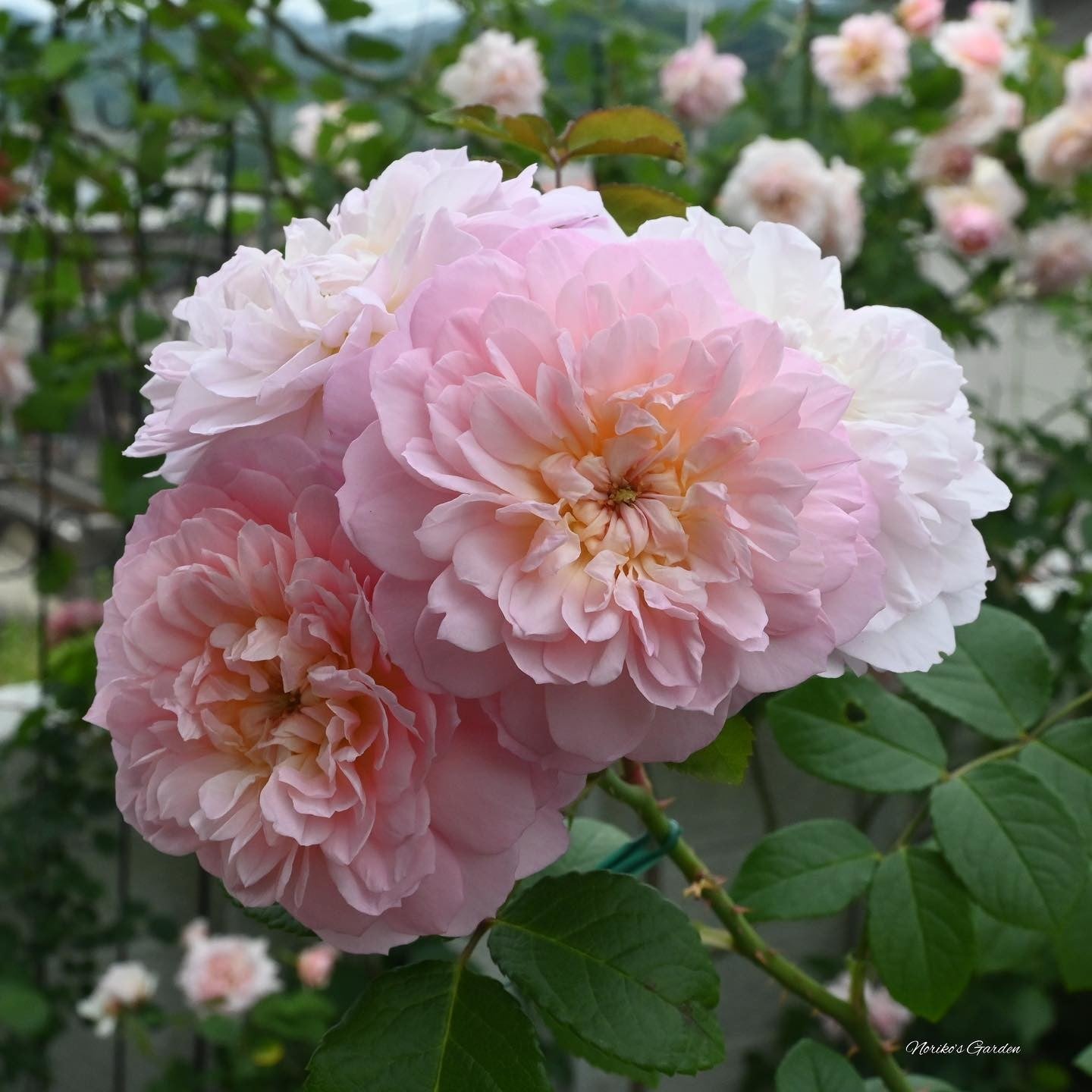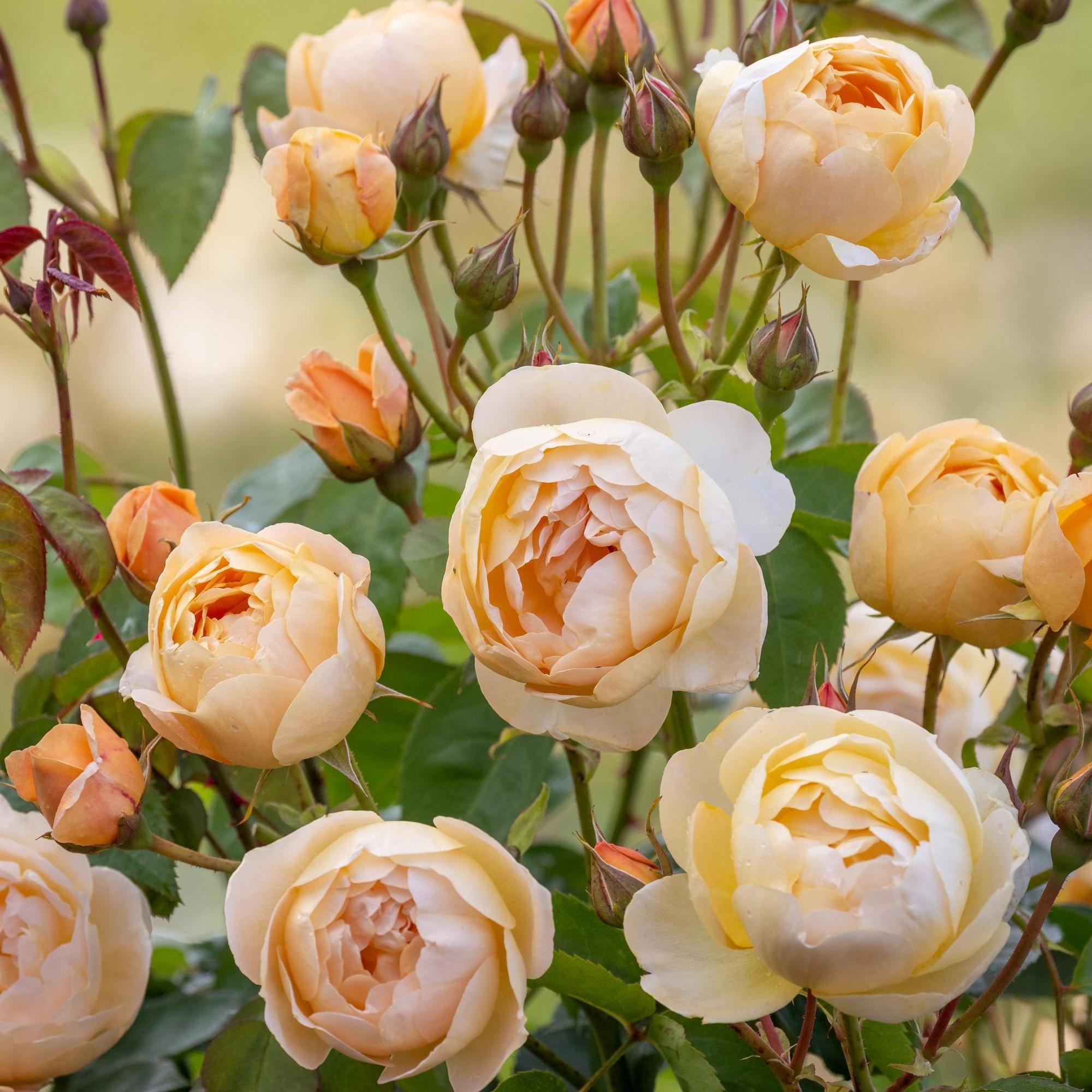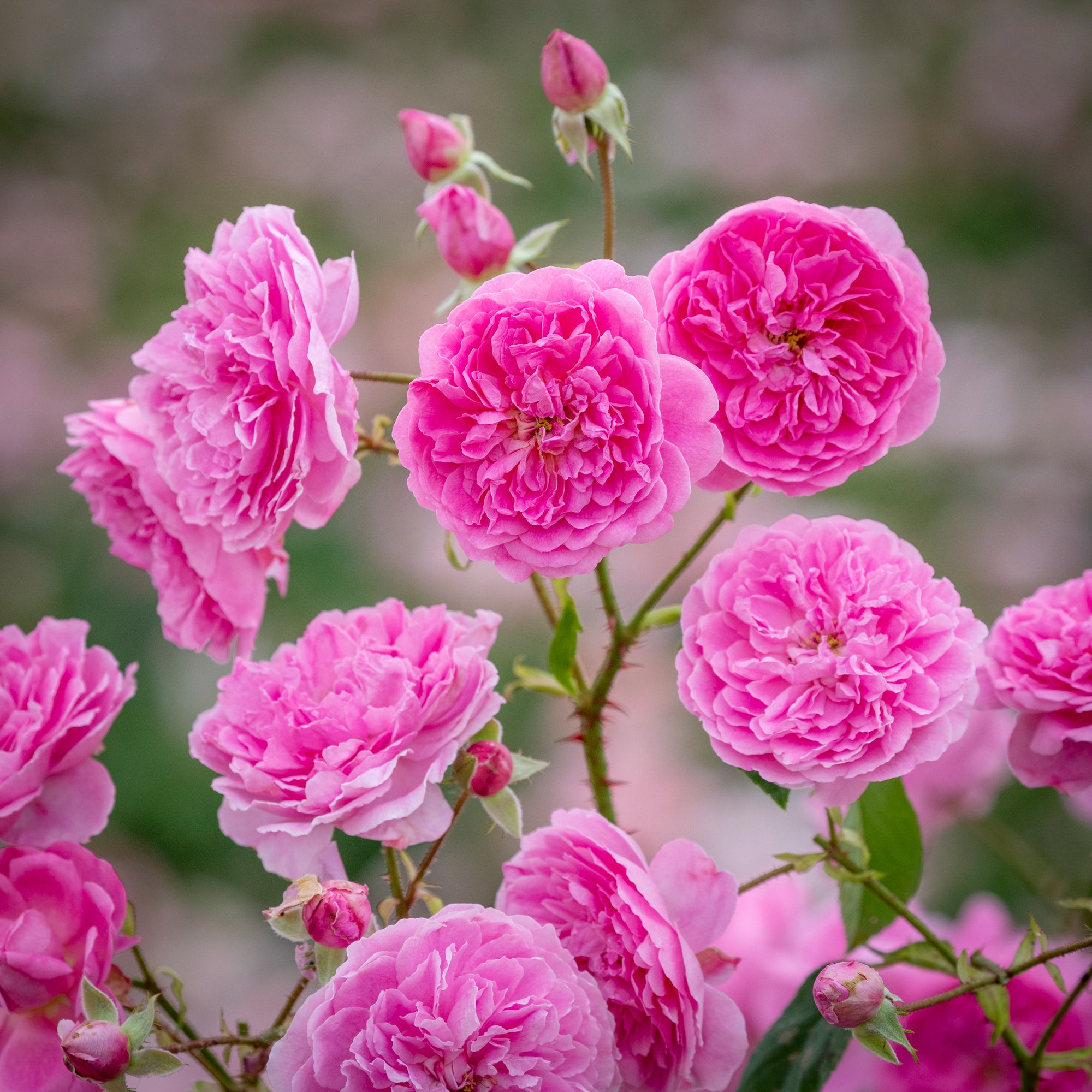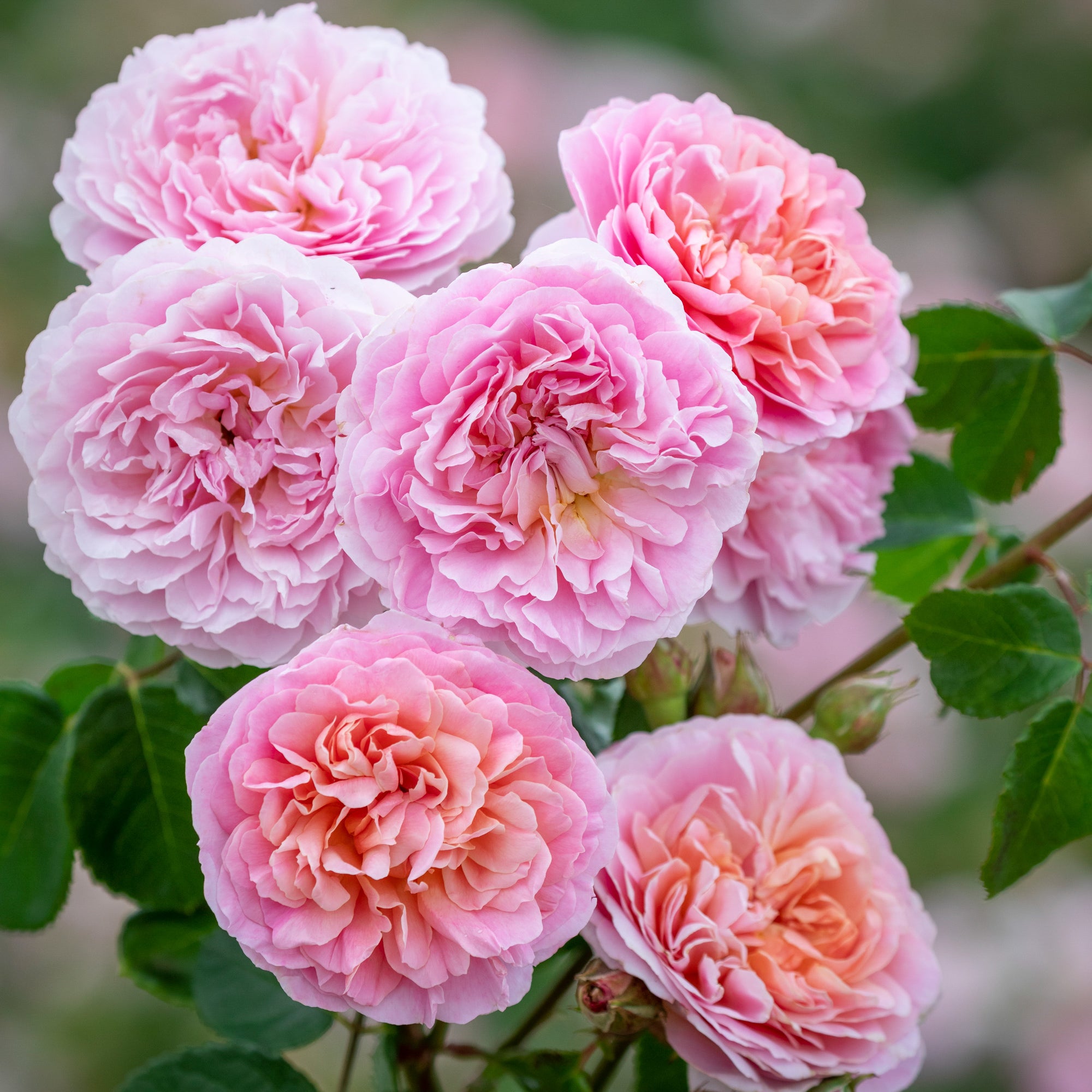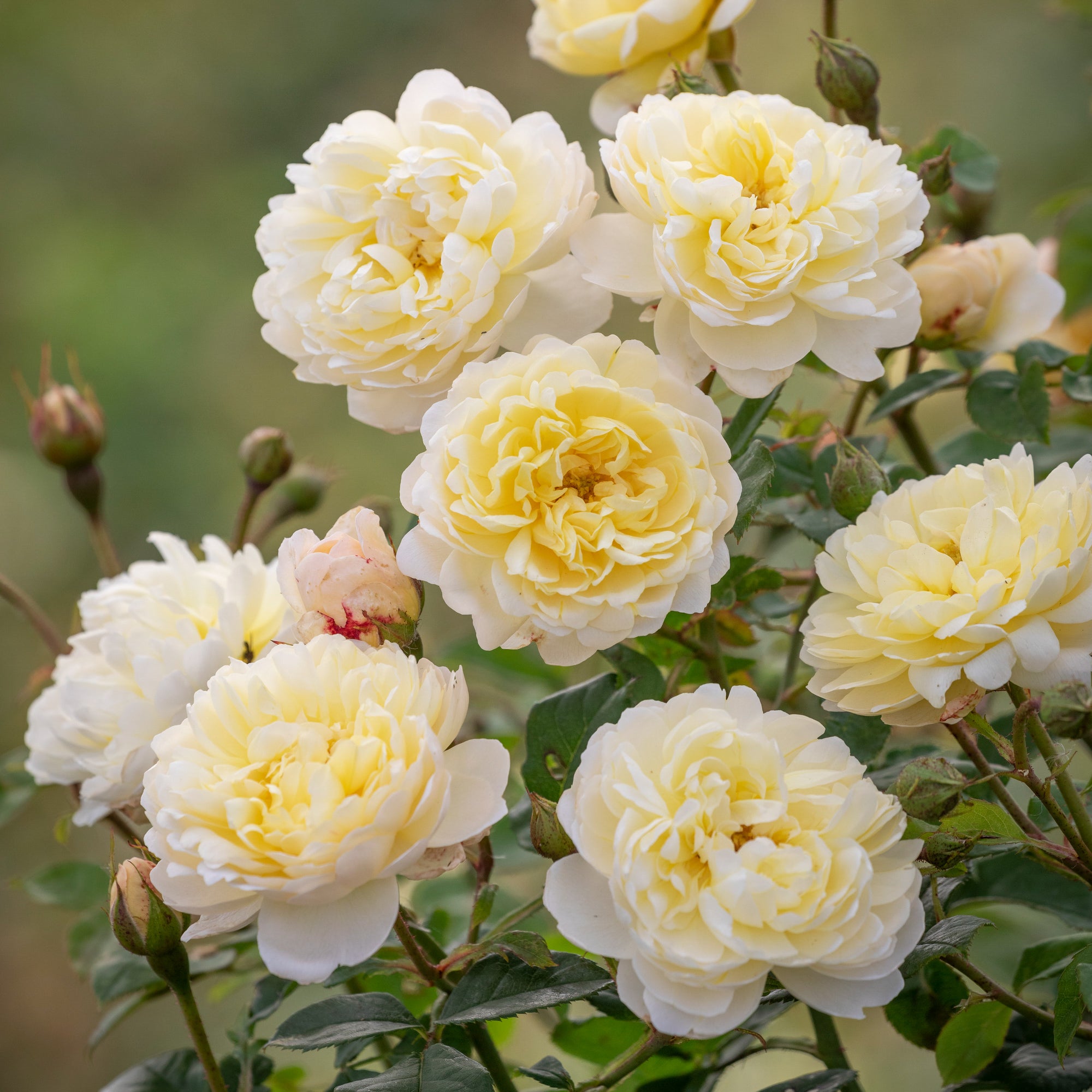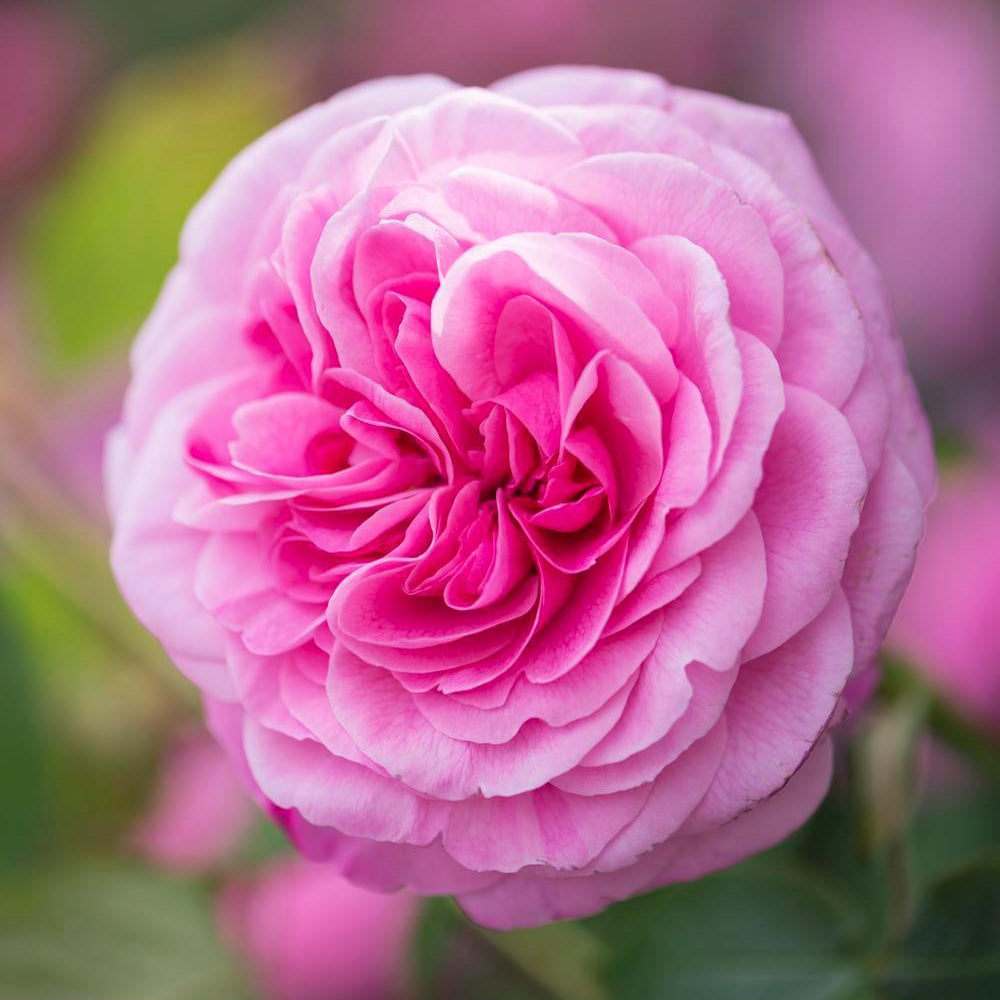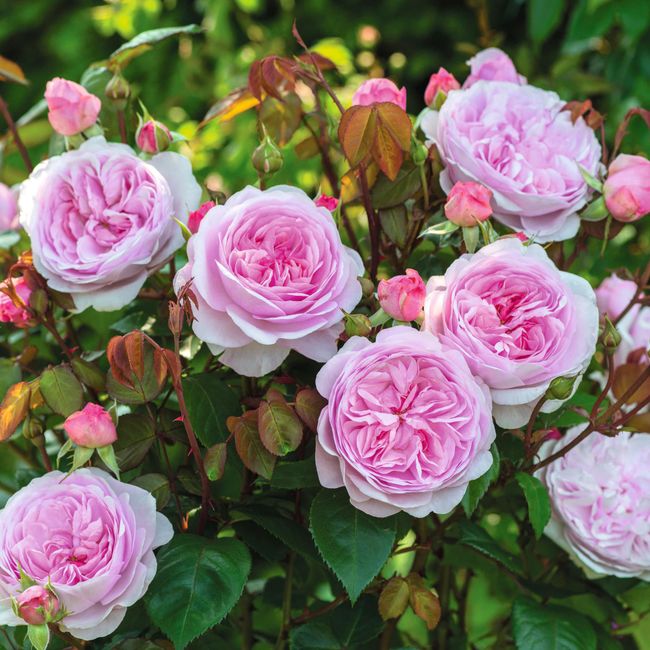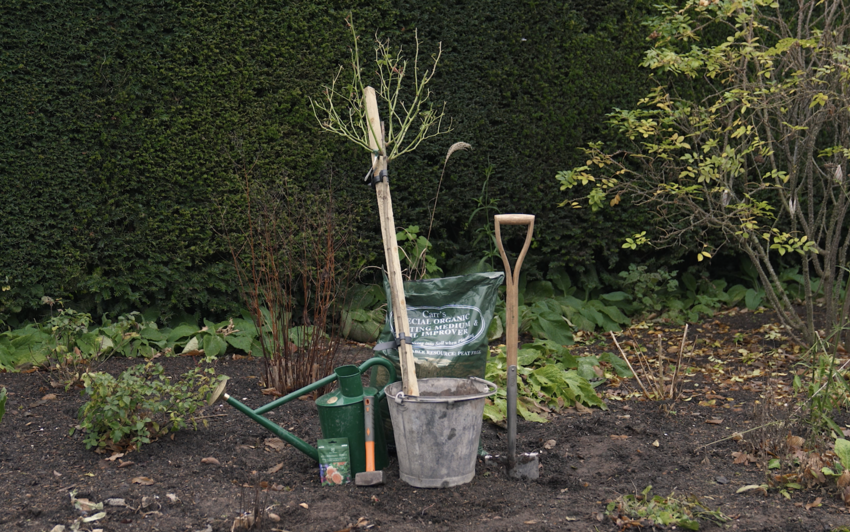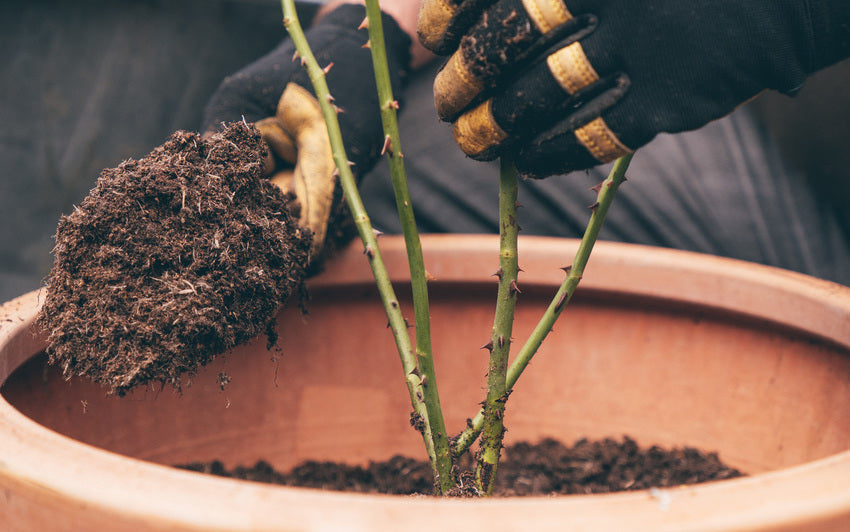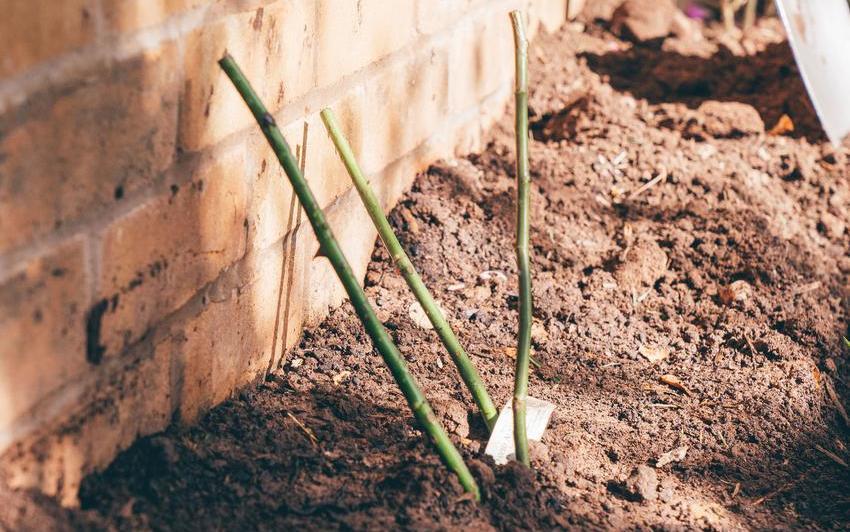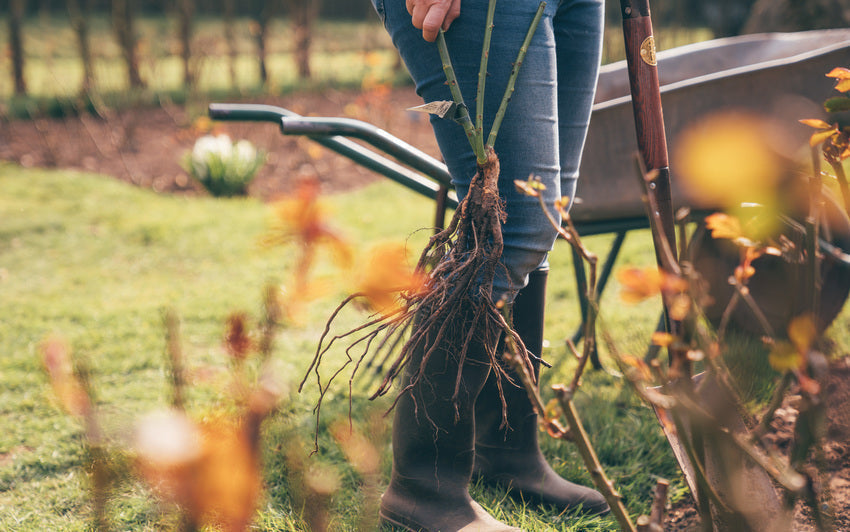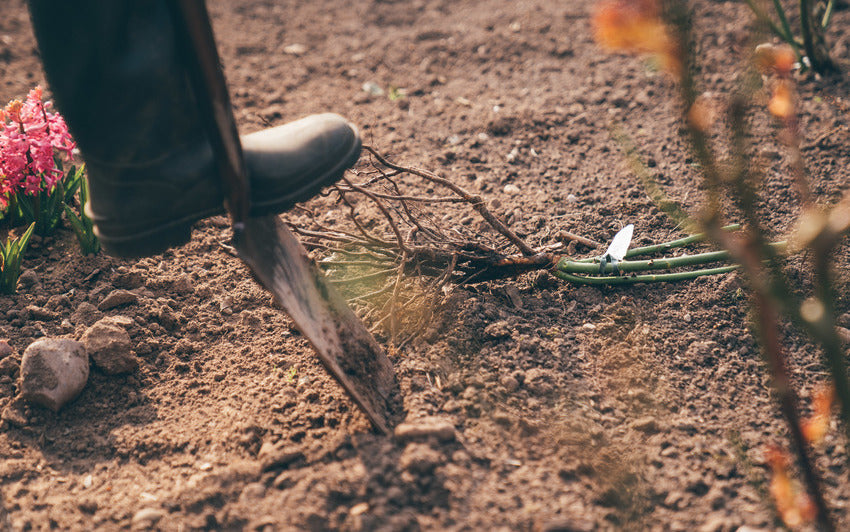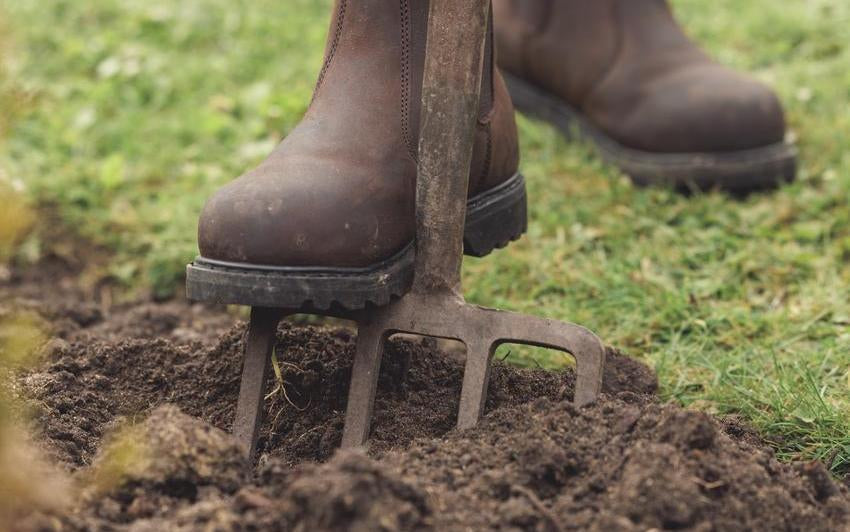How to Care for Roses in Pots: Keep Them Happy, Healthy and Flowering
Growing a rose in a pot brings beauty right to the doorstep. Whether nestled against a garden bench, standing proudly on a sun-drenched terrace or softening the edge of a courtyard, container roses offer a graceful solution for smaller spaces. With the right care, they will flourish for many years to come.
Choosing the Right Pot
A successful rose begins with a suitable home. Roses need depth and space to thrive. Look for a container with a minimum internal size of 18 by 18 inches (45 by 45 centimetres). Larger varieties, those that reach around 5 feet or more, will appreciate something even more spacious. Climbers and ramblers up to 12 feet (3.6 metres) can also be grown in pots, provided the container is at least 24 inches (60 centimetres) wide and deep. Keep in mind that pot-grown climbers may not quite reach their full height, though they will still reward you with generous flowering.
Ensure the pot has drainage holes to prevent waterlogging. Materials such as terracotta, stone or frost-proof resin all work well. Darker pots tend to absorb more heat, especially in summer, so extra watering may be needed.
Preparing the Compost
The compost must provide both nutrients and structure. A fifty-fifty blend of John Innes No. 3 and multi-purpose compost creates the ideal environment. John Innes offers stability and nutrient retention while the multi-purpose element keeps the mix light and workable.
At planting time, add a shallow drainage layer at the base of the pot using broken crocks, gravel or similar. Position the rose so that the base of the stems sits around 2 inches (5 centimetres) below the soil surface. Sprinkle in a mycorrhizal fungi preparation to encourage strong root development and finish filling the pot, firming the compost gently as you go. Water the rose thoroughly after planting to settle the compost around the roots.
Keeping the Soil Moist
Roses in pots need regular watering, especially during warm or windy weather when compost dries out quickly. In summer, this may mean watering daily. Check soil moisture by placing a finger a couple of inches down. If it feels dry, it is time to water.
Morning watering is best, allowing any splashes on the leaves to dry before evening. Always direct water to the base of the plant to keep foliage healthy and help prevent disease.
Feeding for Health and Bloom
Roses are generous plants, but they do need feeding to keep them at their best. Begin in early spring with a controlled-release fertiliser, ideally one designed for roses. As the season progresses, boost flowering with a fortnightly feed of liquid seaweed or a rose-specific tonic from late spring through midsummer.
Regular feeding supports repeat flowering, encourages vigorous growth and ensures a good show of healthy leaves and buds.
Refreshing the Compost
After four to five years, compost begins to lose its structure and nutrients. If possible, prune it back to make it easier to handle, remove the rose from the pot and replant it into a fresh compost mix. This keeps the plant vigorous and blooming well.
If a full repot is not practical, scrape away the top few inches of compost each spring and replace it with fresh. A mulch of well-rotted manure or garden compost will also help improve soil structure and replenish nutrients.
Long-Term Companionship
With a little care, a potted rose can be every bit as rewarding as one planted in the ground. From small patios to grand entrances, they bring a sense of timeless charm and perfume wherever they are placed. Water well, feed regularly and refresh the soil when needed and your rose will repay you with flowers and fragrance year after year.

